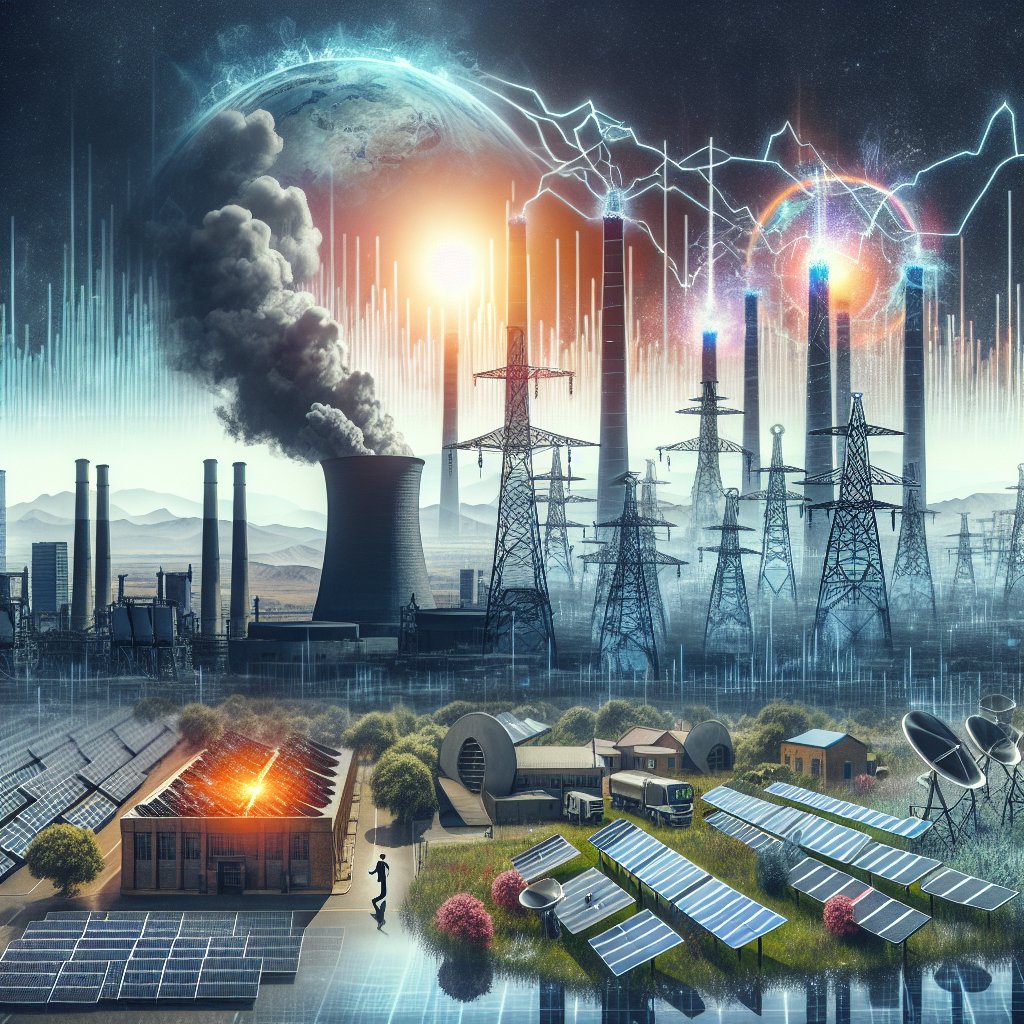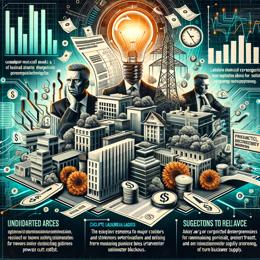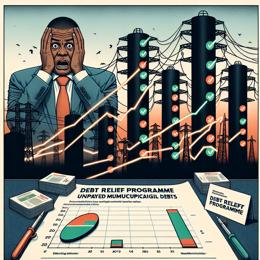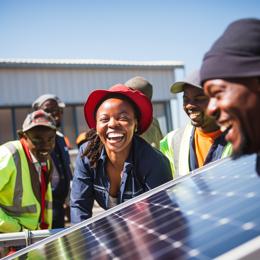Content created by AI
The Transformation of Eskom: Steering Towards a Future as a Transmission Business
South Africa's relationship with Eskom, its electricity public utility, is entering a new phase, according to a statement made by former Eskom CEO Andre de Ruyter. Addressing the South African public through Nuuspod, de Ruyter stated it's time to relinquish the nostalgia for the Eskom that reliably provided cheap and constant power. The vision of a utility that catered unfailingly to the country's energy needs is now a relic of the past.
The Eskom of the future will no longer be the expansive generator of electricity South Africans are accustomed to. Instead, the company is poised to streamline its operations and focus on becoming a transmission business. This plan entails the unbundling of Eskom into three distinct entities: generation, transmission, and distribution. Such organizational restructuring appears essential as the utility adapts to the shifting energy landscape that is increasingly characterized by the participation of private players in electricity generation.
Eskom's traditional coal power stations are on a countdown to obsolescence. As they reach the end of their operational lives and are subsequently decommissioned, the generation aspect of Eskom will diminish in size. Addressing the undeniable truth that mechanical equipment is not built to last forever, de Ruyter emphasized that the burgeoning role of the private sector in new electricity generation capacity is an established fact that can't be ignored.
Evidence of this transformation is already manifesting. The unreliability of Eskom, plagued by years of failing service delivery, has nudged those with the means towards alternative sources of energy, with solar power becoming an increasingly popular choice. The move to sustainable alternatives is quantifiable, with South Africa importing solar panels worth over R16.5 billion in just nine months of 2023, which represents a massive generation capacity of over 4,500 MW.
Focusing on the core of Eskom's future, de Ruyter discussed the transmission division, which will manage the high-voltage supply across the grid. This will arguably become Eskom’s most critical function as the utility continues to orchestrate the flow of electricity between the points of generation and consumption. He further contends that the beneficial financing options available from international entities like the EU and the US should prioritize reinforcing and expanding South Africa's transmission network, given its status as a natural monopoly.
On a local level, de Ruyter envisions the distribution of electricity increasingly falling under the jurisdiction of municipal authorities, arguing the importance of proximity to ensure better service delivery to customers.
In essence, the blueprint for the future paints Eskom concentrating its efforts as a transmission business, with its size progressively contracting. As South Africa adjusts to this new reality, the strategic allocation of international financing, the continued investment in renewable energy technologies, and the decentralization of distribution networks all seem pivotal to ensure that the country's energy future is resilient, sustainable, and in tune with global energy trends.
This transformation of Eskom serves as a reminder that even the most enduring institutions must adapt to change or risk becoming obsolete. As always, this information is for educational purposes and should not be construed as an endorsement or investment advice. Investors are advised to seek professional counsel that aligns with their financial objectives and circumstances.



